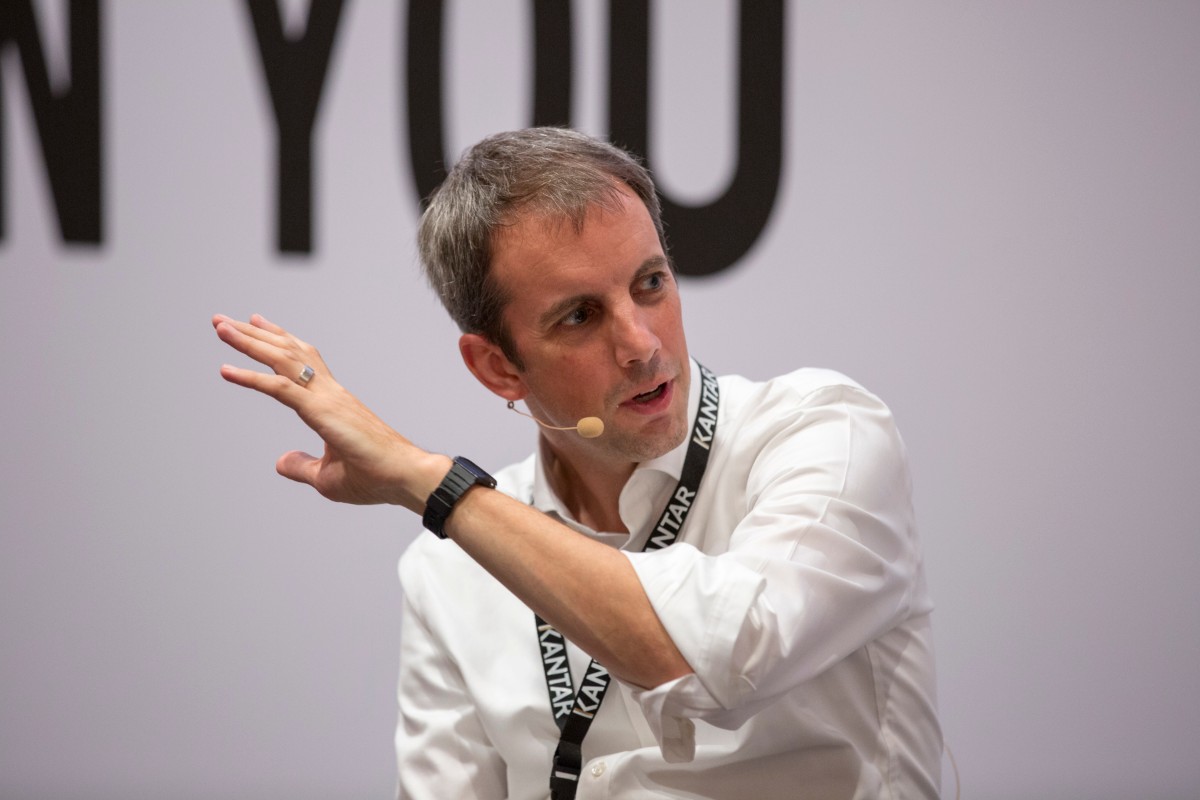Like a good nutritional program, the trick to touchpoint effectiveness for food and drink brands is balance and variety. These brands are some of the world’s biggest advertisers, and key to their success is demand generation at scale. But in attempting to create this scale, they need to be careful not to rely exclusively on paid media, or to rely too heavily on any one specific media channel.
The Kantar Connect database shows that paid media deliver just 23% of all touchpoint impact for food and drink brands, less than we see in other categories. Product experience and word of mouth deliver almost 50% of touchpoint impact. These need to be maximised, as well as fundamentals like good distribution and shelf presence (both in-store and increasingly in ecommerce). In fact, according to our COVID-19 Barometer, 14% of people bought food and drink online for the first time in the past month (more than any other category). So the brands that have invested in e-commerce will now be reaping some significant short-term rewards.
Memorable moments across all touchpoints, new or old, need to create associations that stick in the memory and set food & drink brands apart. For example, a relatively small French biscuit brand with limited marketing budget were focused mainly on delivering their product as a sample along with a cup of coffee in bars and restaurants. Kantar Connect results showed it was the only brand to generate a positive experience through valuable moments, while its competitors were dependent on promotions and other value-destructive pricing strategies. As a consequence, the client set up a B2B action plan to maximise the impact generated through coffee-related point of sale touchpoints and put more emphasis on this USP in their paid media communication.
Within paid media, the food and drink brands we measure invest very heavily in TV, achieving high reach (72%) and strongly building awareness and associations. However, this investment is less cost-effective than other paid media, largely due to excessive frequency (average of 18 is well above our optimal threshold of 13). In contrast, Facebook ads are delivering very cost effectively for food & drink brands, in part thanks to lower than average frequency levels. TV spend is also not providing the perfect platform for success, because synergies between TV and other media are significantly lower than we see in other categories.
So why might food and drink brands be struggling to generate synergy? As well as having much less TV synergy, they also achieve less digital synergy than other categories. So perhaps food and drink brands are still somewhat siloed and struggling to fully integrate their “traditional” (TV) media with their digital activity?
A cheese snack brand in Germany learned the importance of a balanced media diet. They were pursuing a new strategy to change their brand positioning amongst young adults by using OOH and POS as their main reach drivers. Kantar’s CrossMedia solution showed the OOH drove awareness due to high reach, however the impact did not go beyond reminding consumers about what they already knew about the brand. OOH messaging needed to be bolder to build new associations, and other channels were needed to provide wider context. Our recommendations were adopted in a subsequent campaign which included Facebook and YouTube, and these synergies saw far stronger increases in brand metrics.
Across both TV and digital media we also have clear evidence that an excessive share of spend for any single channel damages effectiveness, further supporting the idea that a varied media diet is the way forward for food and drink brands.
For your copy of the full food and drink touchpoint analysis, please complete the download form below.

